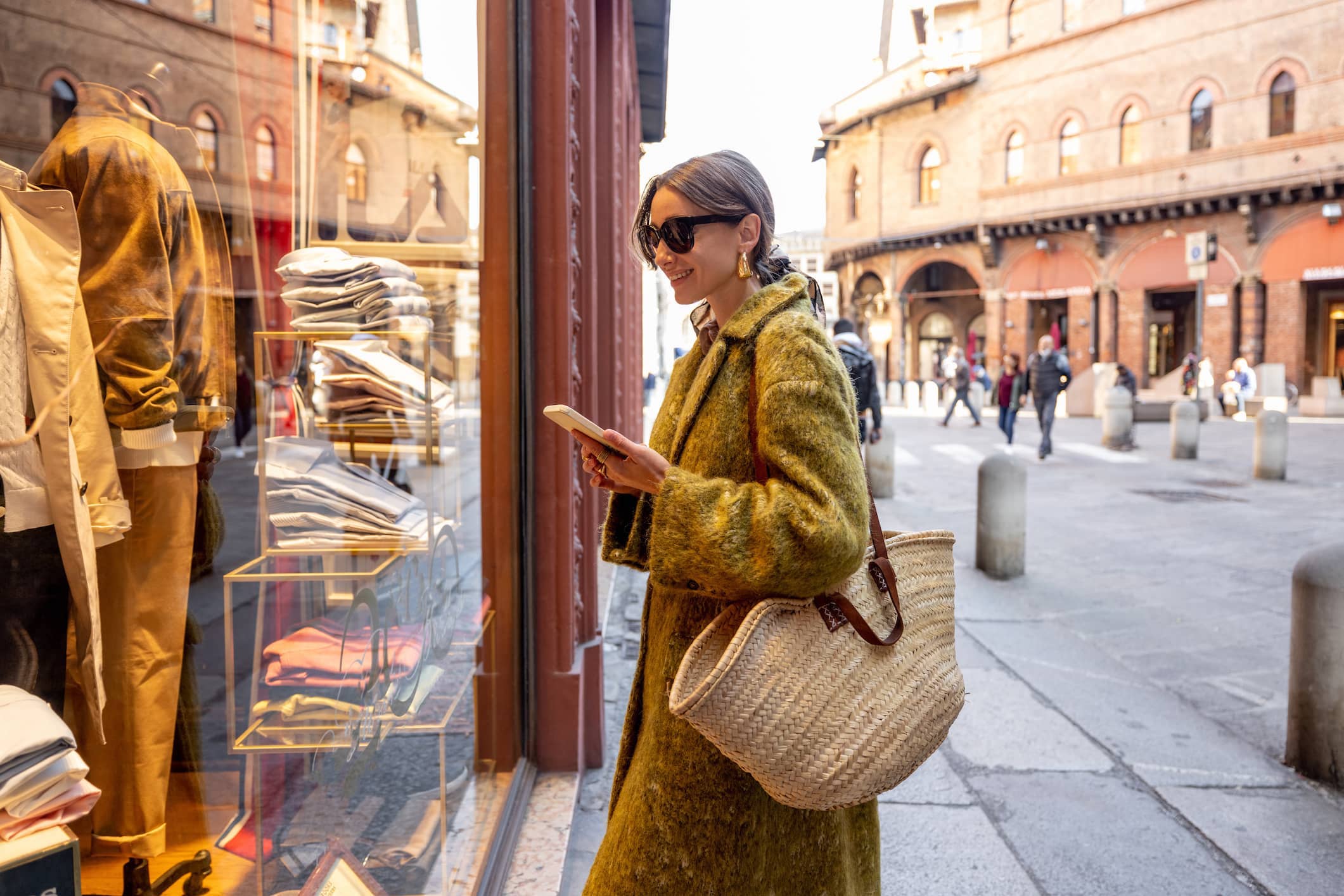There has been cautious optimism on high streets; footfall is creeping up and retailers are looking for ways to make the in-store experience more attractive to consumers now accustomed to the convenience of online shopping. Kamran Hedjri, CEO of PXP Financial, looks at how physical stores can maintain a foothold in an increasingly digital world.
According to a report by the Retail Industry Leaders Association in collaboration with McKinsey, e-commerce as a share of total retail sales is set to reach 25-40% after the pandemic. But bricks-and-mortar stores can lure shoppers back over their thresholds. Key to this is ‘personalisation’.
Creating a new in-store experience
Consumers only have to login to any online shopping account to be presented with a range of personalised recommendations. In essence, they expect retailers to know what they want before they do, and will want to see this functionality replicated in-store.
Fortunately, the technology exists to help retailers create highly personalised customer experiences that will meet new consumer expectations.
Of course, technology cannot completely replace the human interaction that makes in-store shopping unique. But in future, sales assistants will be able to use technology to improve the customer experience. Assisted selling mobile devices will enable sales associates to bridge the gap between physical and online intelligence to provide a unique, omni-channel experience.
Staff will have instant access to essential product details to answer customer queries on the spot, but even more important, they will have customer preferences at their fingertips. This means having the ability to make tailored recommendations, create upselling opportunities and increase customer satisfaction and loyalty.
Read the full whitepaper here.
